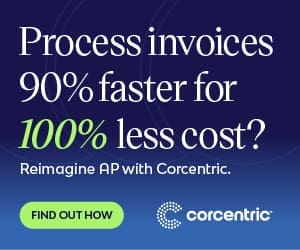A Robust Guide To Payment Automation Solutions

Accounts Receivable Automation Companys
As an executive of finance department, it is essential that you are informed on the current, state-of-the-art automated solutions that are allowing business to streamline the payment process. An Order to Cash Solution is among the most impactful of these, and this article invit is you to become versed in the ins and outs of this varied and efficient service.
Accounting automation exists in order to reallocate the time of professionals to more important tasks, by automating payment and collection processes across various segments of the service provider-client relationship. Automation also has the dual benefit of reducing the risk of human errors, as well as increasing the speed of the financial cycle.
The Order to Cash Solution (OTCS) is software application that leverages current technologies to improve the efficiency of business or organization. Initially, the OTCS will collect customer contact and payment method details, allowing the system to automatically create invoices, generate orders, send notifications, and contact customers for taxes and payments. This automated process significantly reduces overhead, by eliminating the need for manual intervention at each step of the process.
The specifics of how the OTCS works, and how it can be tailored to the needs of your business, can vary widely, depending on the provider and application. Some key features to consider include:
– Automated cash and credit collections: This feature automatically collects payments from customers, and can identify whether the customershould be invoiced or pay with credit card.
– Automated billing for services: This feature allows for recurring fees to be added to invoices and easily tracked, making billing for repeat customers or services simple and efficient.
– Automated reminders: Automated reminder emails or text messages to customers can be set up to ensure that payments are not delayed.
– Flexible payment methods: The OTCS can enable customers to make payments through various methods, including ACH, credit/debit cards, PayPal, or other digital payment schemes.
– Automation tools: Tools are available to automate the collection of data, such as accounts receivable, accounts payable, and customer contact information.
– Cloud integration: Many OTCS providers will offer cloud-based applications, allowing remote collaboration, access, and storage of customer information.
– Business intelligence: Automated reporting functions allow you to quickly assess the status of customers accounts, detect any potential issues, and track past payments.
In order to implement the OTCS in your organization, it is paramount that you select provider that can meet your specific needs. When assessing providers, consider the following:
– Cost: Different providers offer different services, prices, billable hours, and payment methods. Establish your budget and what you require before searching for automated solutions.
– Reputation: Ask for customer reviews, testimonials and references to ensure that your provider is reputable and devoted to providing quality service.
– Customization: Ask about the level of customization available, and be sure that the provider is able to tailor their service to your specific needs.
– Resources: Ensure that the provider you select is best placed to accommodate any future adjustments or expansions to their service.
The process of automating your organizations accounting system should not take long time. An OTCS can be implemented quickly and effectively, allowing your finance department to spend less time dealing with minor issues, and instead focus on the core responsibilities of the business. With the right provider and program, your company will experience improved productivity, less manual intervention, and faster payments.

